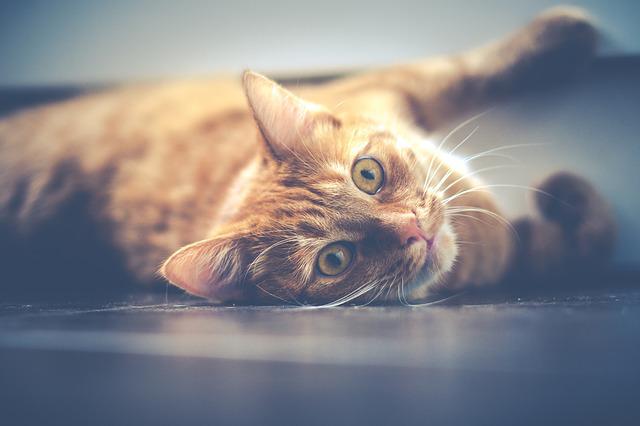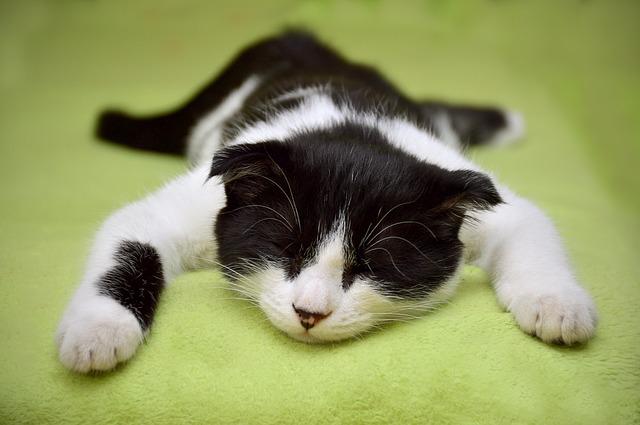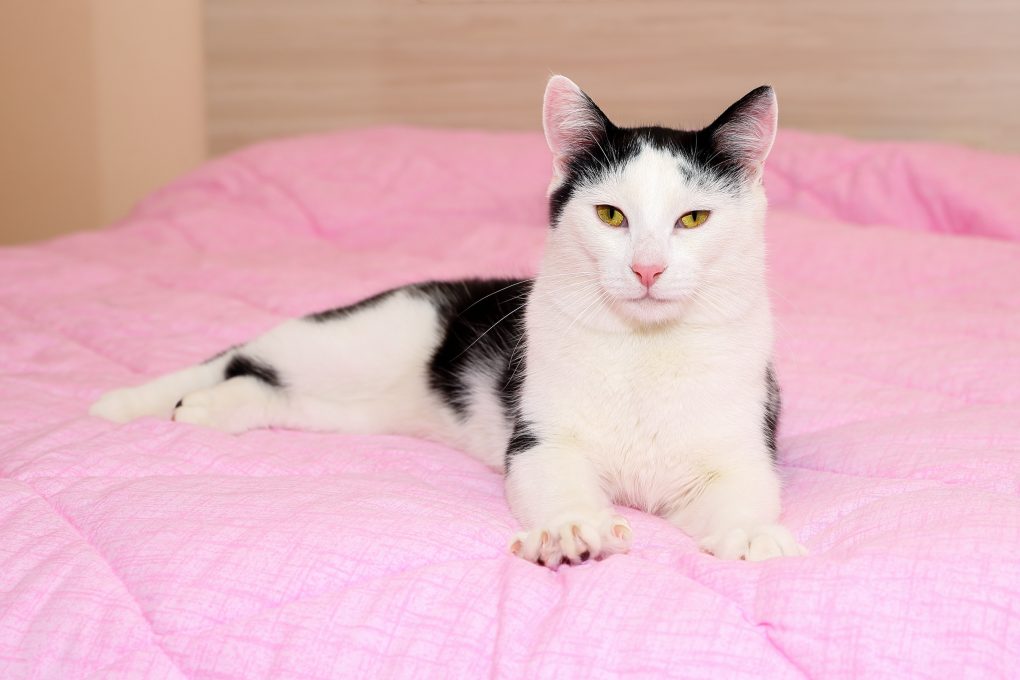Why Do Cats Knead (Making Biscuits): Impacts of Kneading on Cats
Cats knead or make biscuits by rhythmically pushing their paws in and out against a soft surface, such as a blanket, pillow, or their owner’s lap. Here are some possible reasons why cats engage in this behavior:
- Comfort: Kneading is often associated with a cat’s contentment and relaxation. Cats may knead to create a soft and comfortable surface to rest on.
- Bonding: Some cats may knead their owners to show affection and bond with them. This behavior may also allow cats to mark their owners with their scent.
- Nursing: Kneading may also be a leftover behavior from kittenhood, as kittens knead their mother’s bellies to stimulate milk production during nursing.
- Stress relief: Kneading can also be a way for cats to relieve stress or anxiety, according to Purina. The repetitive motion may have a calming effect on cats, similar to how some people find comfort in fidgeting or tapping their fingers.


Table of Contents
Impacts of Kneading on Cats
Claw Damage
Kneading can cause claw damage, particularly if a cat kneads on furniture or other objects not designed to withstand scratching. When a cat kneads, it may use its claws to grip and push against the surface they are kneading, which can lead to scratches and damage.
To prevent claw damage from kneading, it is important to provide cats with appropriate scratching surfaces, such as scratching posts or pads, that they can use to satisfy their natural scratching behavior. Additionally, providing cats with plenty of toys and other forms of enrichment can help redirect their scratching behavior away from furniture and other objects that may be easily damaged.
Comfort and Relaxation
Kneading behavior in cats can have a calming and soothing effect and may be a sign of comfort and relaxation. When cats knead, they often purr, a sign of contentment and relaxation.
One theory for why cats knead is that it was a leftover behavior from kittenhood when they kneaded their mother’s belly to stimulate milk flow. As adults, cats may continue to knead when they feel happy and relaxed, bringing comfort and a sense of security.
Many cats also prefer knitting on soft, cozy surfaces like blankets or bedding, enhancing comfort and relaxation. Providing your cat with soft and cozy places to knead, like a cat bed or blanket, may help them feel calmer and more content in their environment.
Bonding and Social Behavior
Kneading can also be a social behavior and a way for cats to bond with their owners and other cats. When cats knead on people, it may be a sign of affection and a way to show that they trust and feel comfortable with their owner.
In multi-cat households, cats may knead on each other to bond and establish a social hierarchy. Kneading can be a non-threatening way for cats to communicate with each other and strengthen their social bonds.
Some cats may also knead to initiate play or interaction with their owners or other cats. For example, kneading can be a way for cats to solicit attention and engage in playful behavior and may be accompanied by other playful behaviors like batting or chasing.
Scent Marking


Scent marking is another reason why cats knead. Cats have scent glands on their paws, and kneading can release their scent onto surfaces to mark their territory. This behavior is particularly common in unneutered male cats, who may knead more frequently to mark their territory and attract females.
Scent marking is an important behavior for cats, as it helps them establish and maintain their territories and communicate with other cats in the area. Cats can establish their presence by leaving their scent on surfaces and warning other cats to stay away.
Stretching and Exercising
Kneading can also help cats stretch and exercise their muscles, particularly in their paws, shoulders, and back. When cats knead, they use their front paws to push in and out against a soft surface, which can help them stretch and flex their muscles.
Kneading can also be a way for cats to release pent-up energy or work off excess energy, similar to how some cats engage in playful activities like running or jumping. Regular exercise and stretching can help keep cats healthy and prevent muscle stiffness or pain, especially as they age.
Overstimulation
Overstimulation in cats can occur when they become too excited or aroused and cannot control their behavior. This can happen during play or social interactions with humans or other animals. Signs of overstimulation in cats can include:
- Aggressive behavior: Cats may lash out and become aggressive towards people or other animals if they feel overstimulated.
- Dilated pupils: When a cat feels overstimulated, their pupils may become dilated.
- Restlessness: Cats may become restless and unable to settle down when feeling overstimulated.
- Excessive vocalization: Cats may meow or yowl loudly when feeling overstimulated.
- Increased activity: Cats may become more active and exhibit hyperactive behavior when overstimulated.
Pain or Discomfort
Kneading is a natural behavior for cats and is usually not associated with pain or discomfort. However, in some cases, kneading can lead to injuries or discomfort if the cat’s claws are not trimmed or if they knead on a hard surface. Kneading on hard surfaces can also cause calluses or thickened paw pads.
Additionally, some medical conditions, such as arthritis or joint pain, can make it difficult for cats to knead comfortably. In these cases, providing your cat with a comfortable and supportive environment is important, and consult a veterinarian for appropriate pain management and treatment options.
Ingesting Foreign Objects


Although rare, there is a potential risk that cats can ingest foreign objects while kneading. This can happen if they accidentally ingest small objects caught in the fur or swallow objects while kneading on a surface. Ingesting foreign objects can lead to gastrointestinal blockages or other serious digestive issues that require medical attention.
Keeping small objects and hazardous materials out of your cat’s reach is important to minimize the risk of ingestion. Additionally, providing appropriate toys and scratching posts can help redirect your cat’s kneading behavior and prevent them from kneading on objects that may be hazardous or harmful. If you suspect that your cat has ingested a foreign object, it’s important to contact your veterinarian right away.
